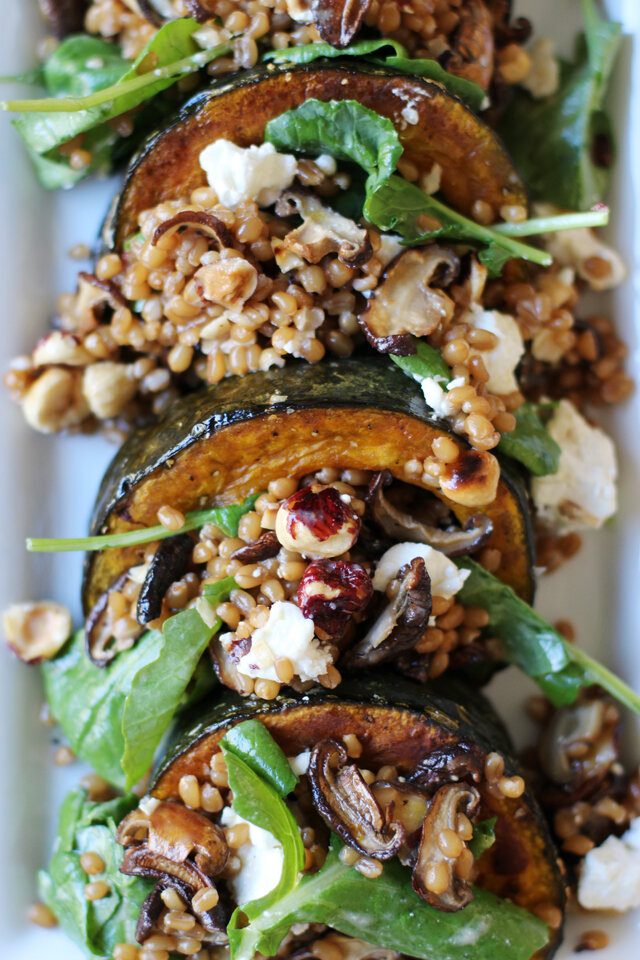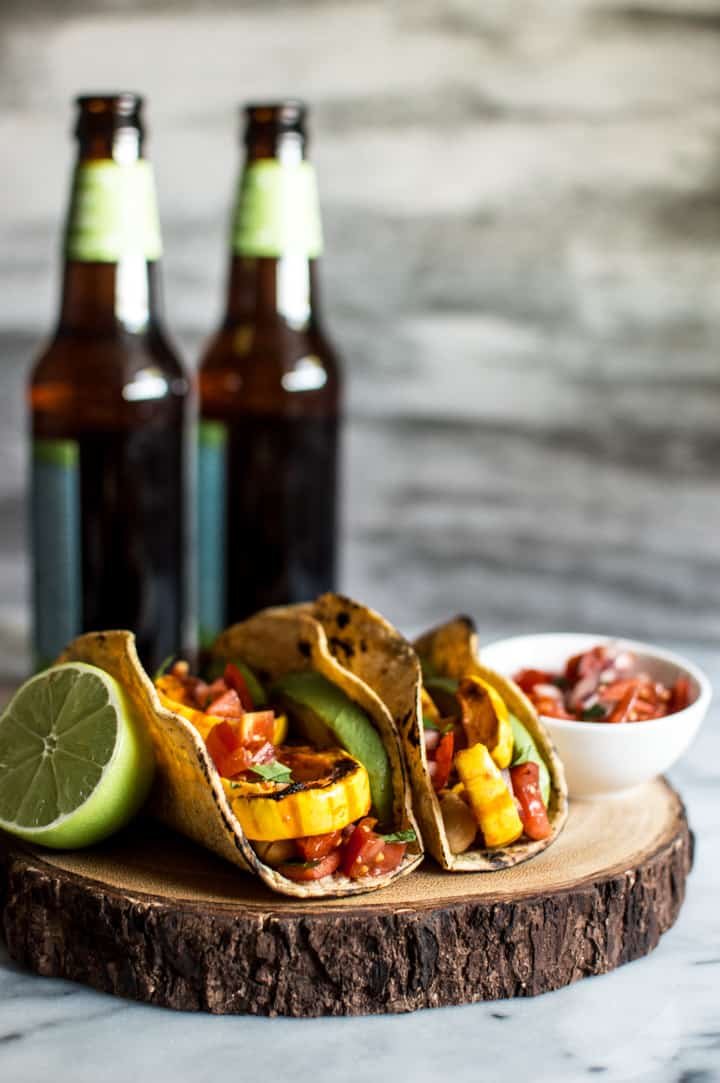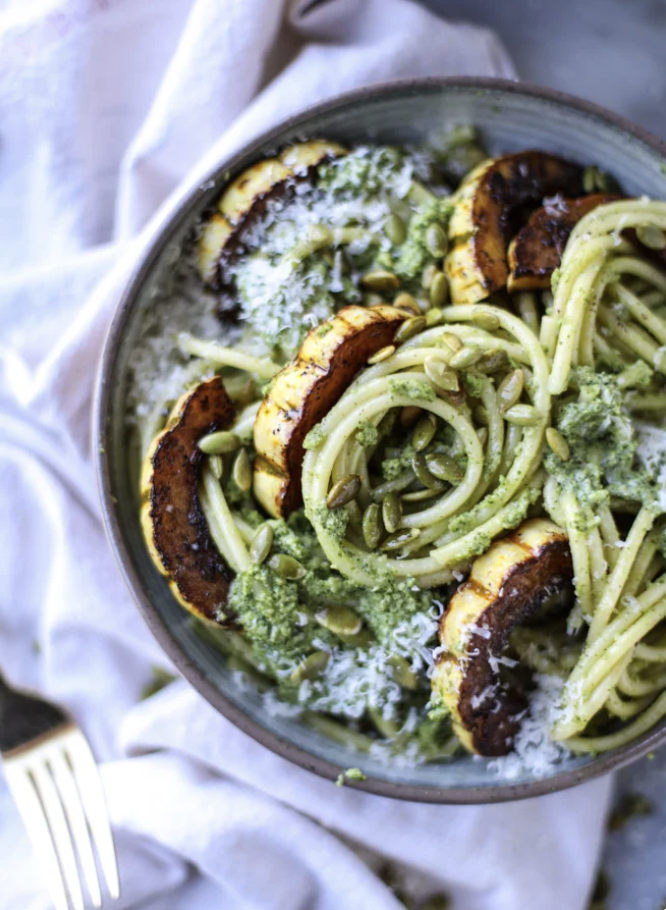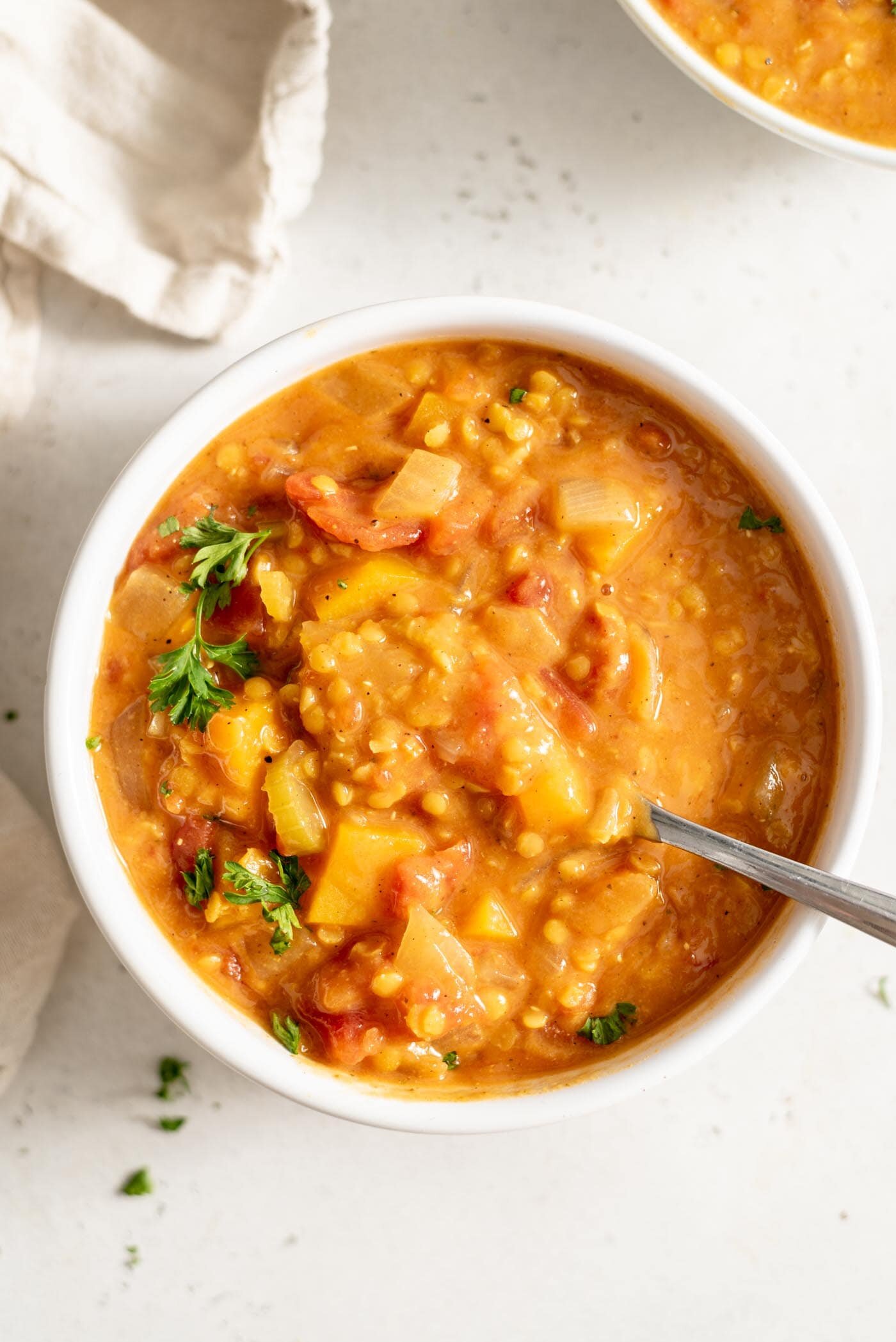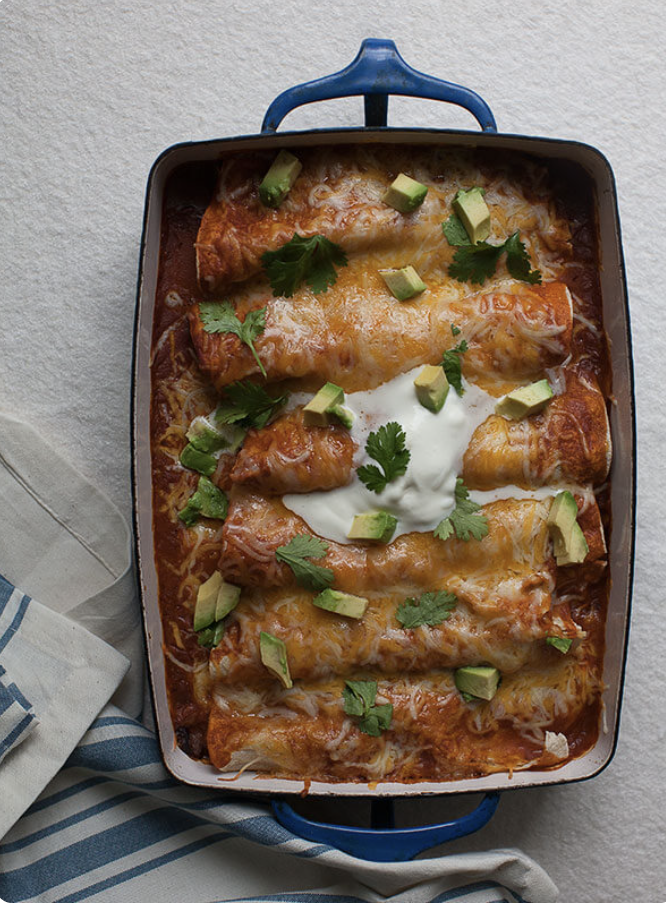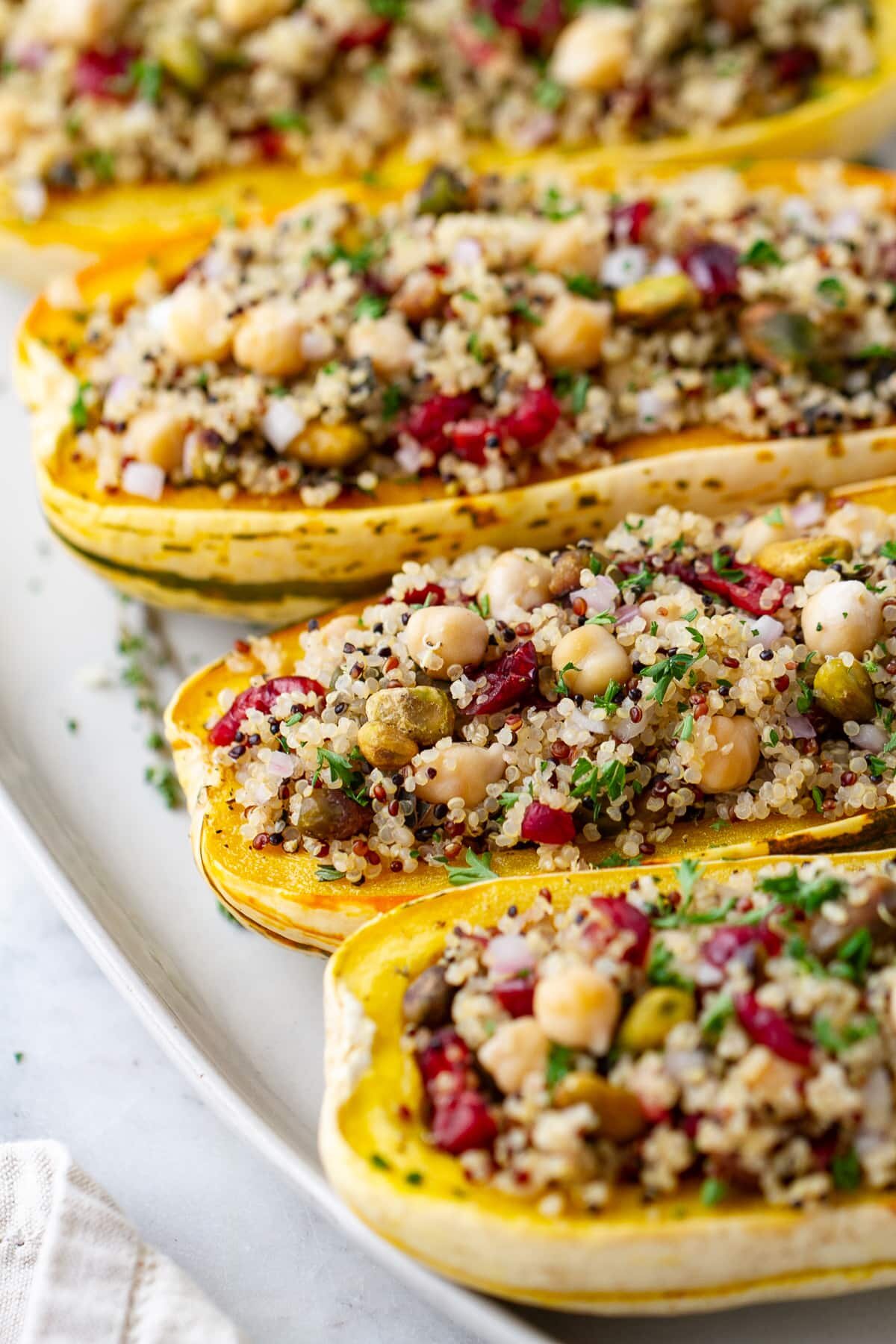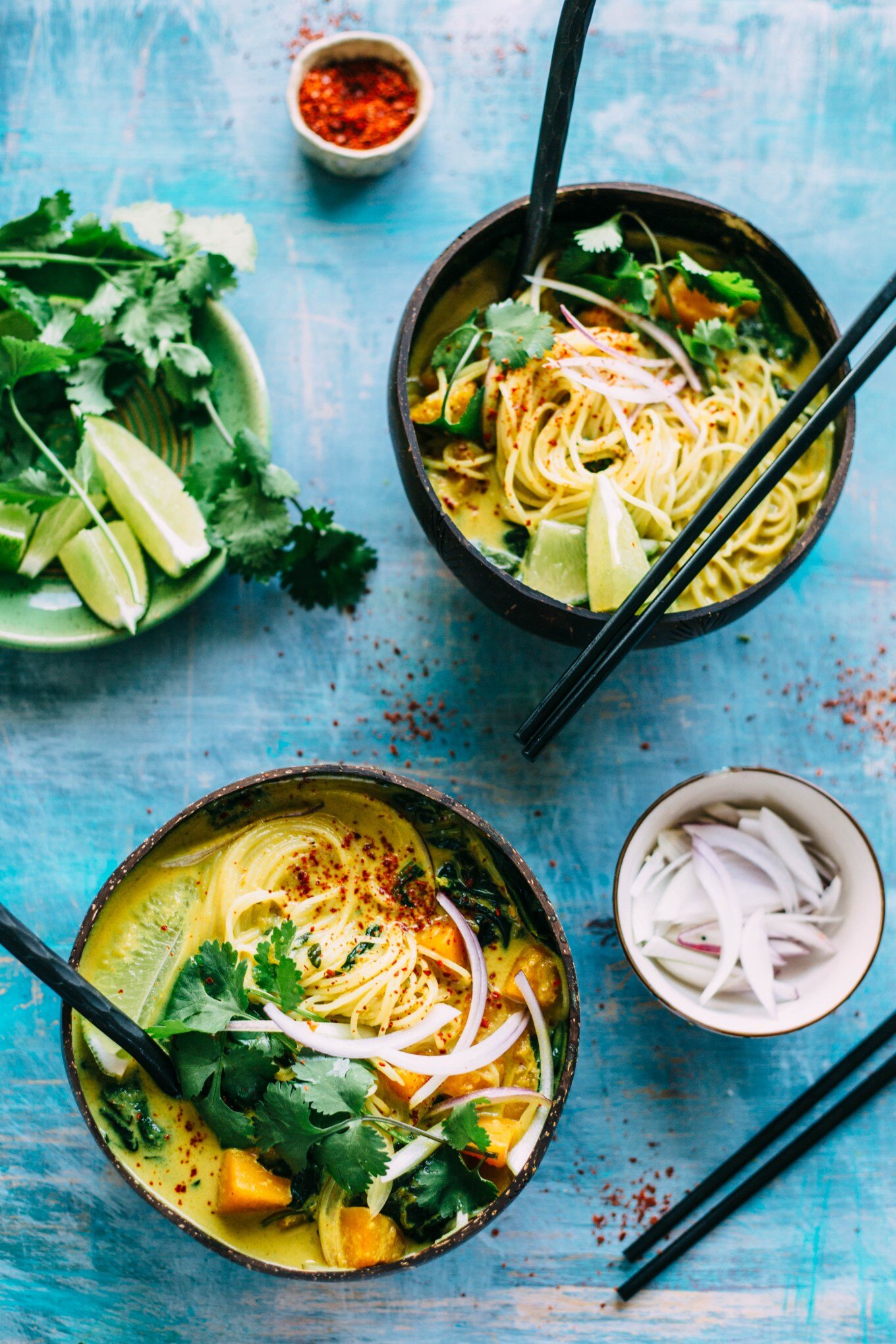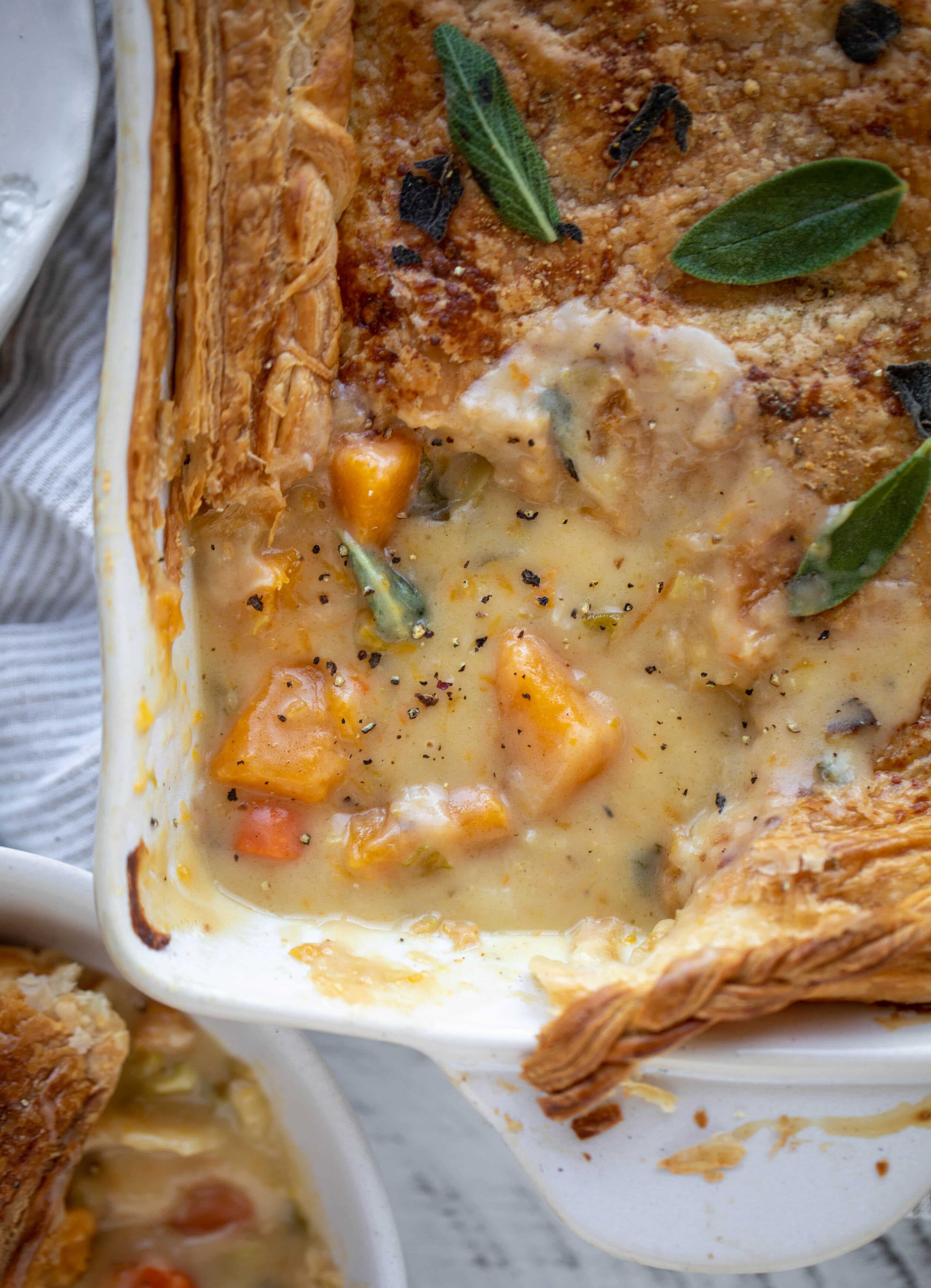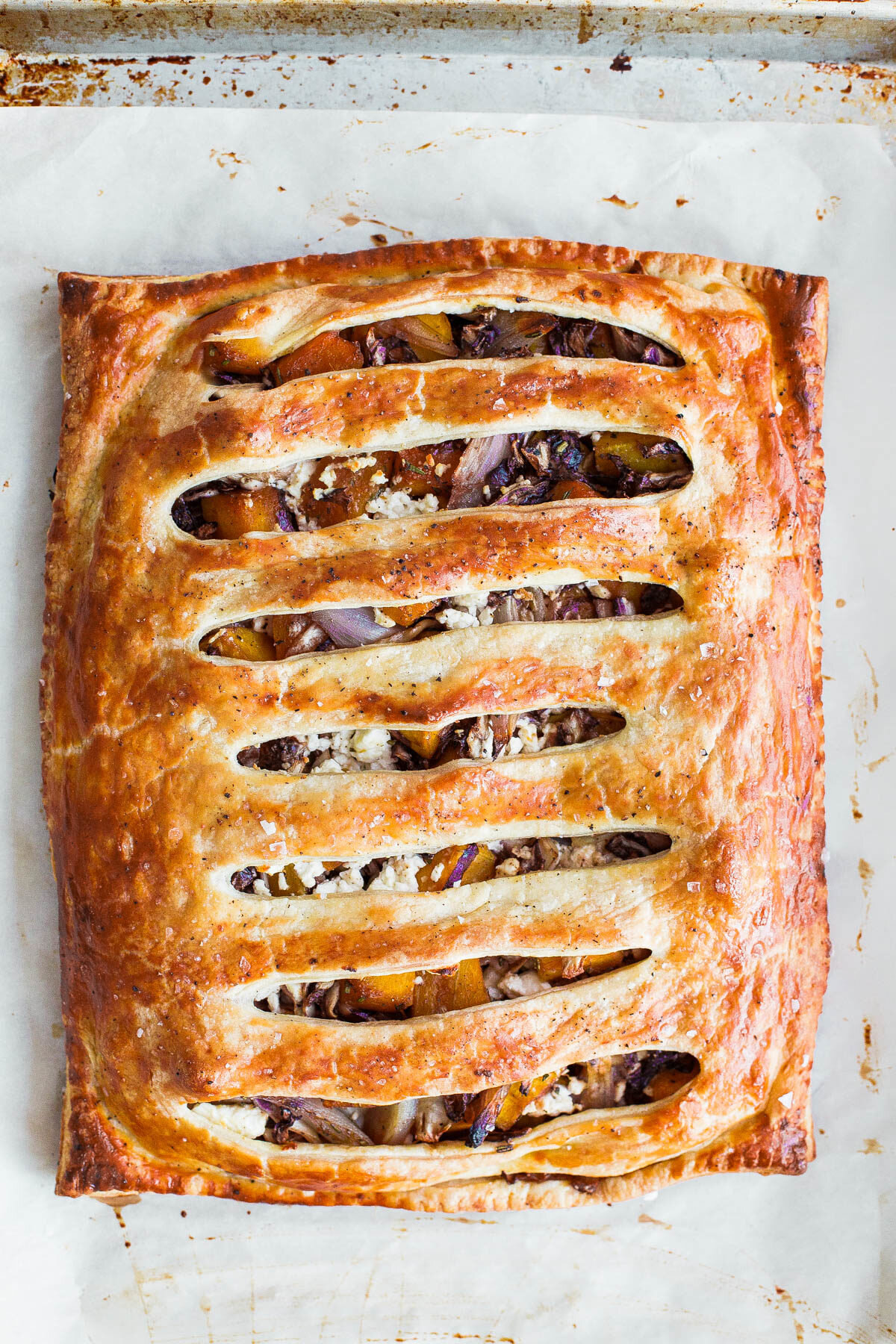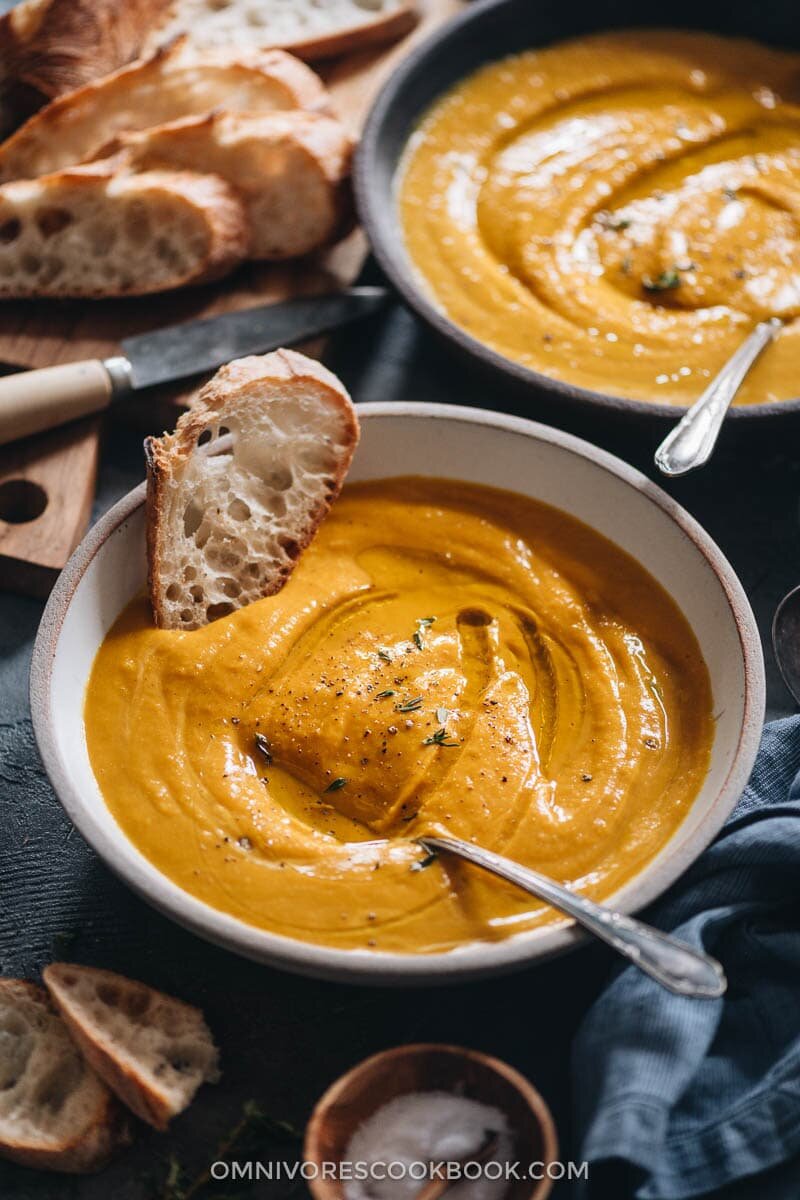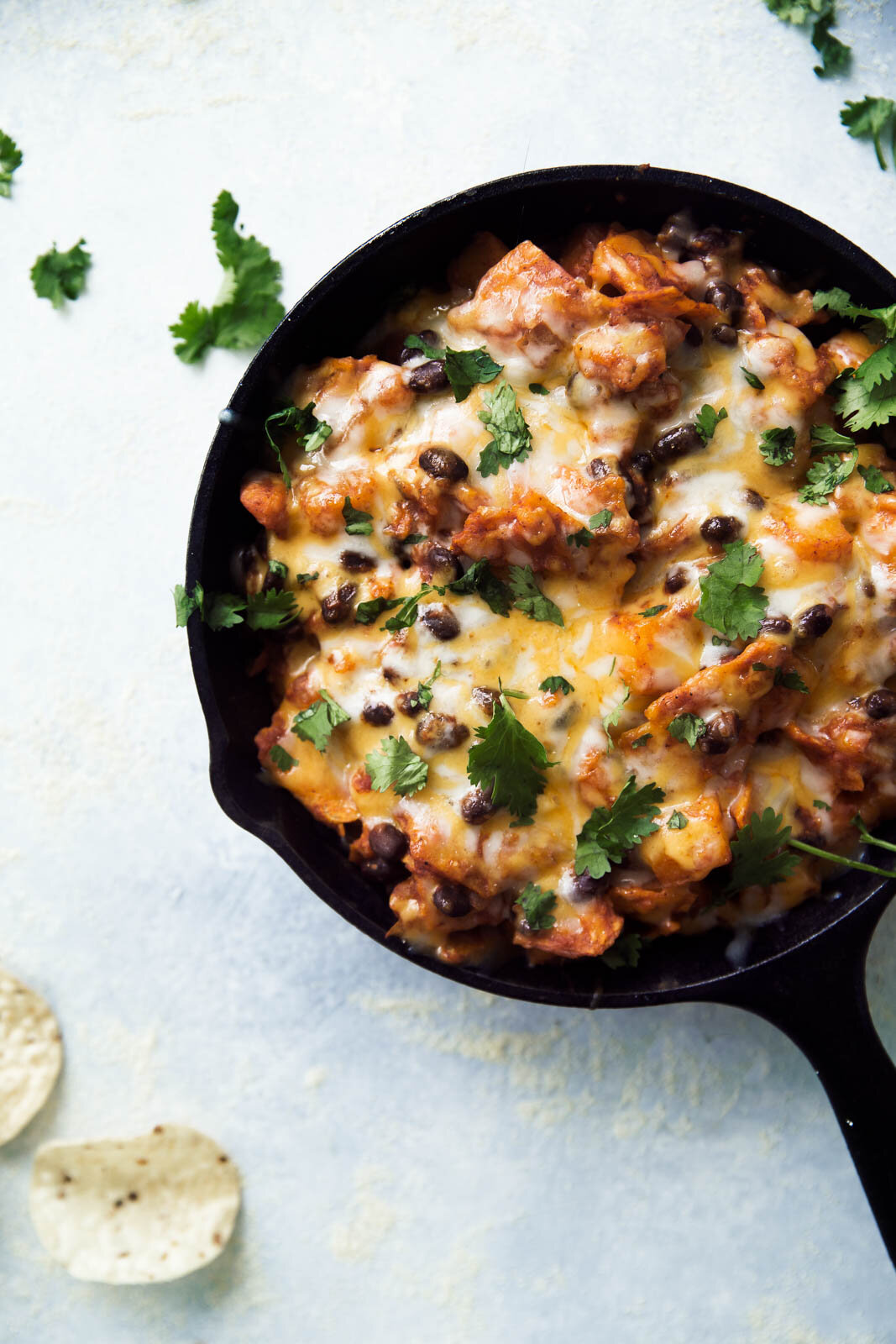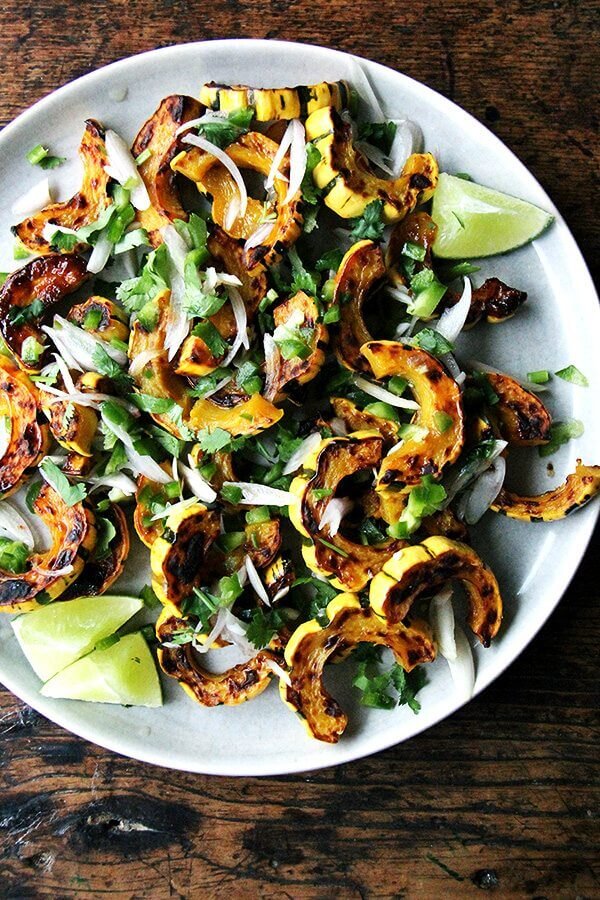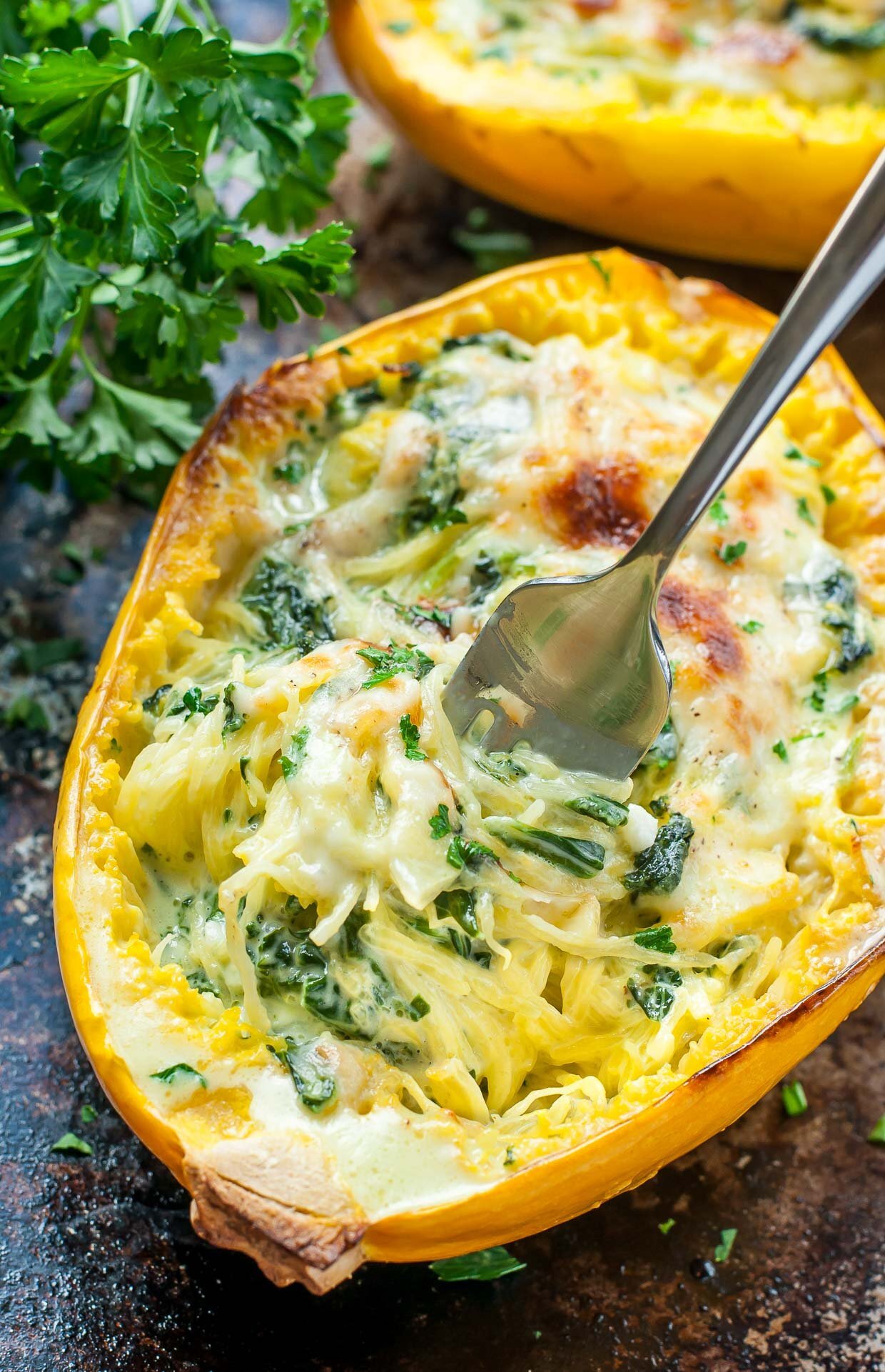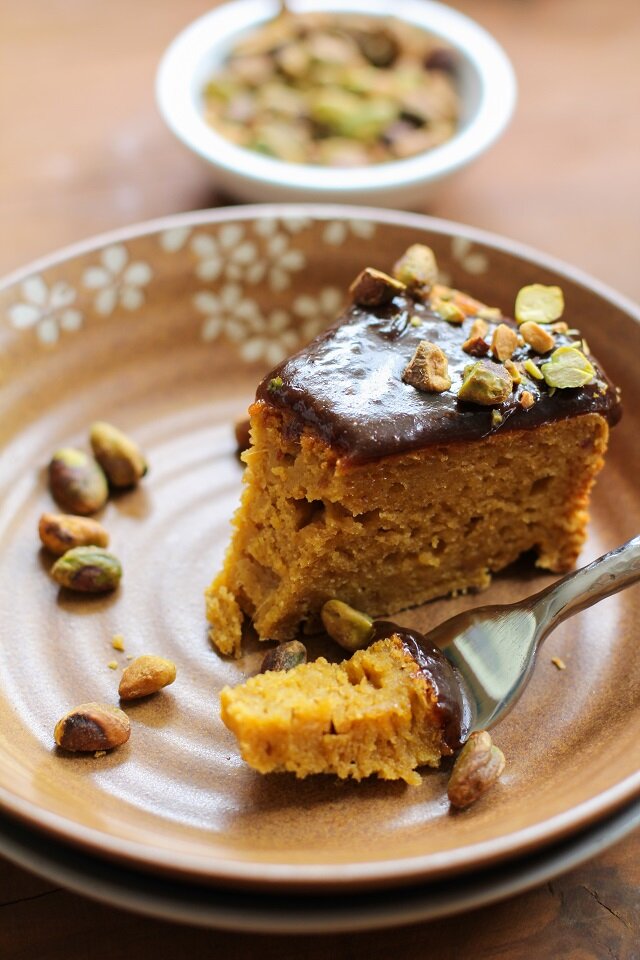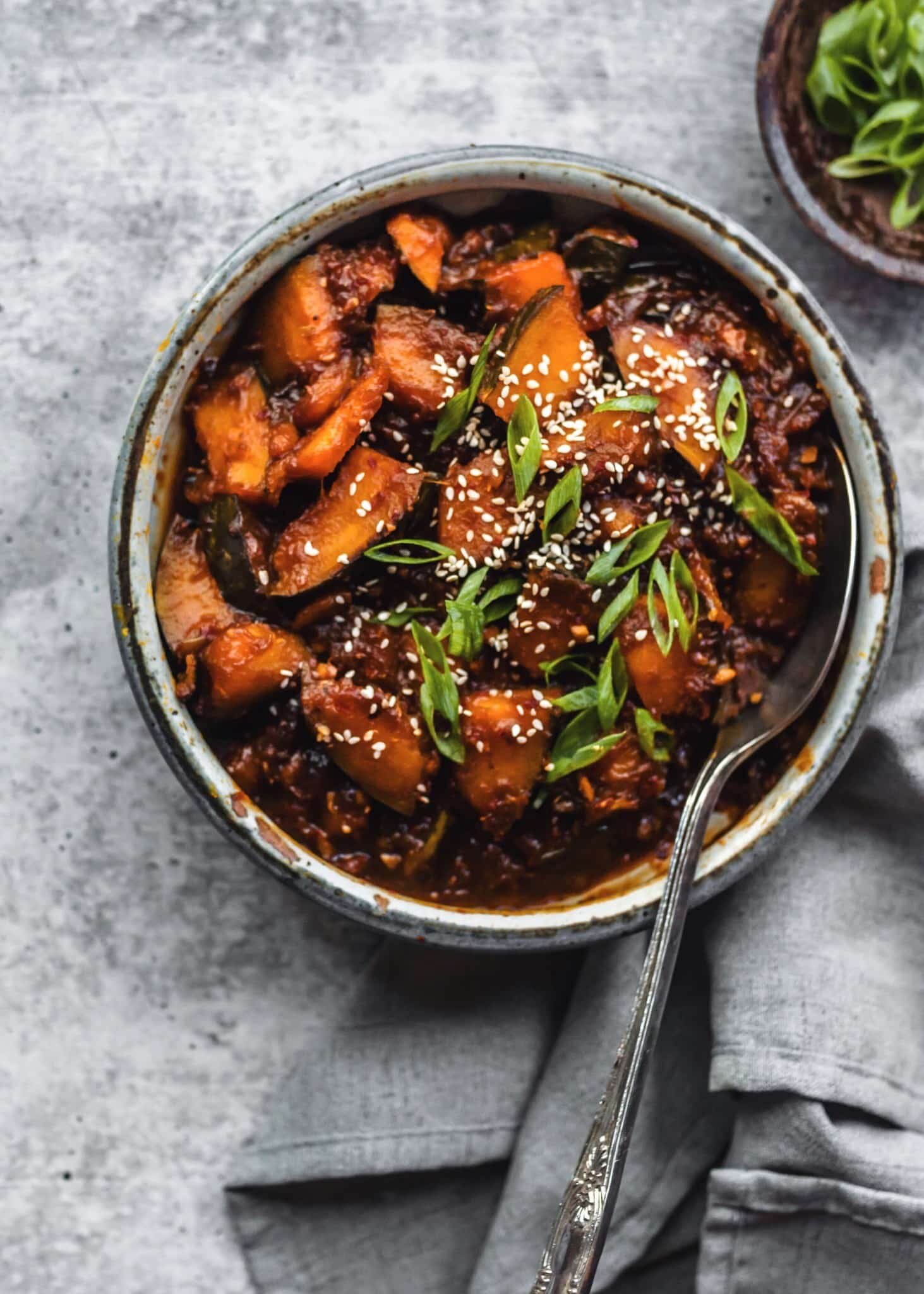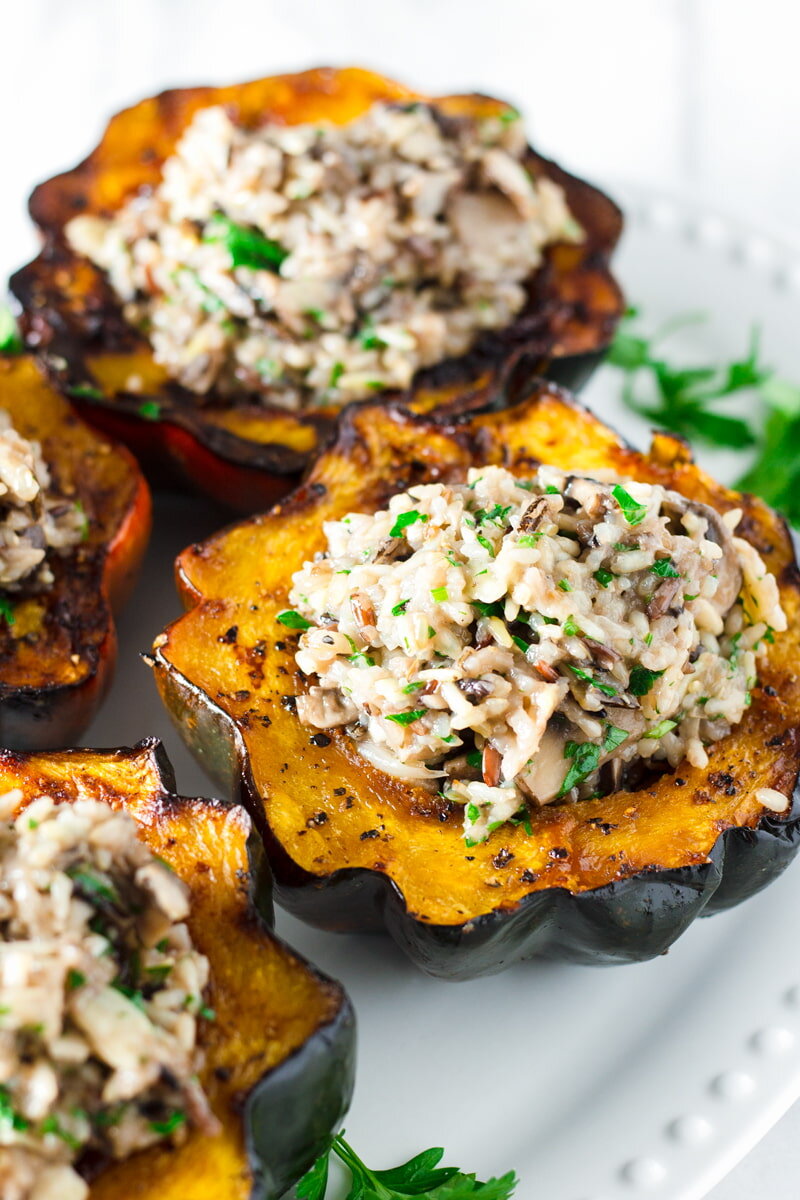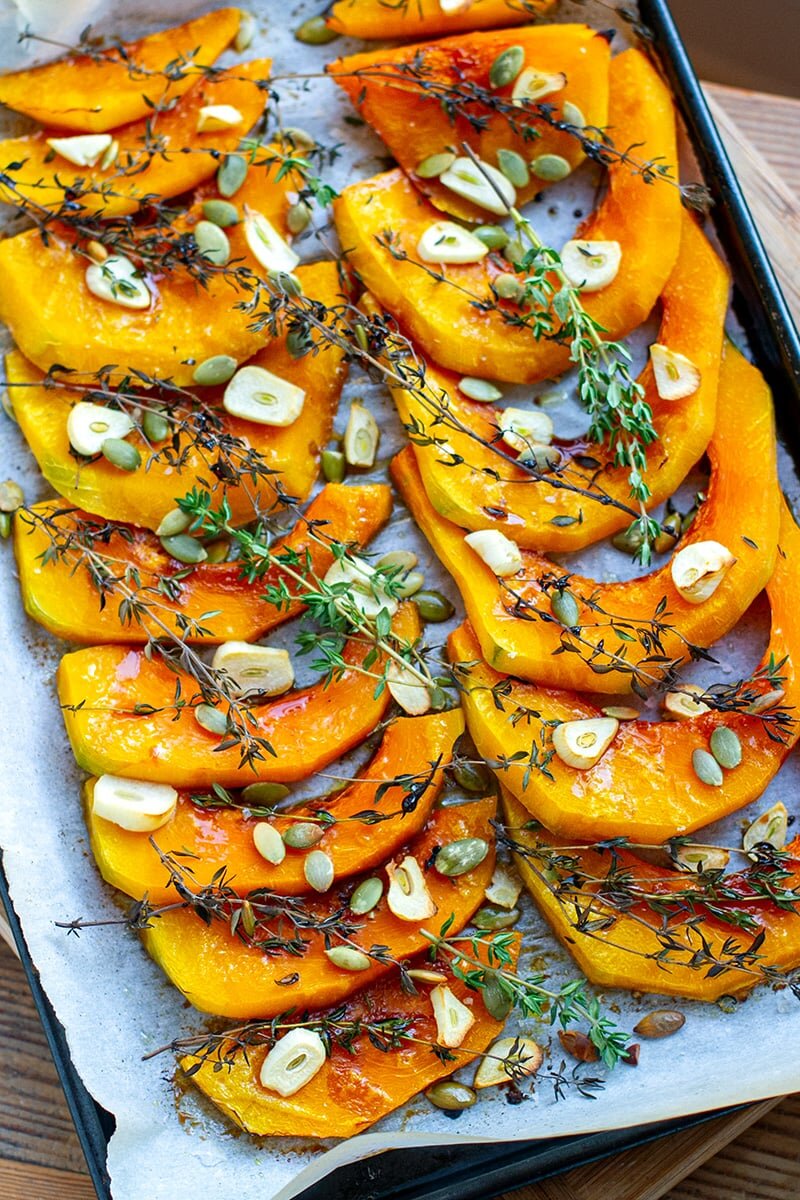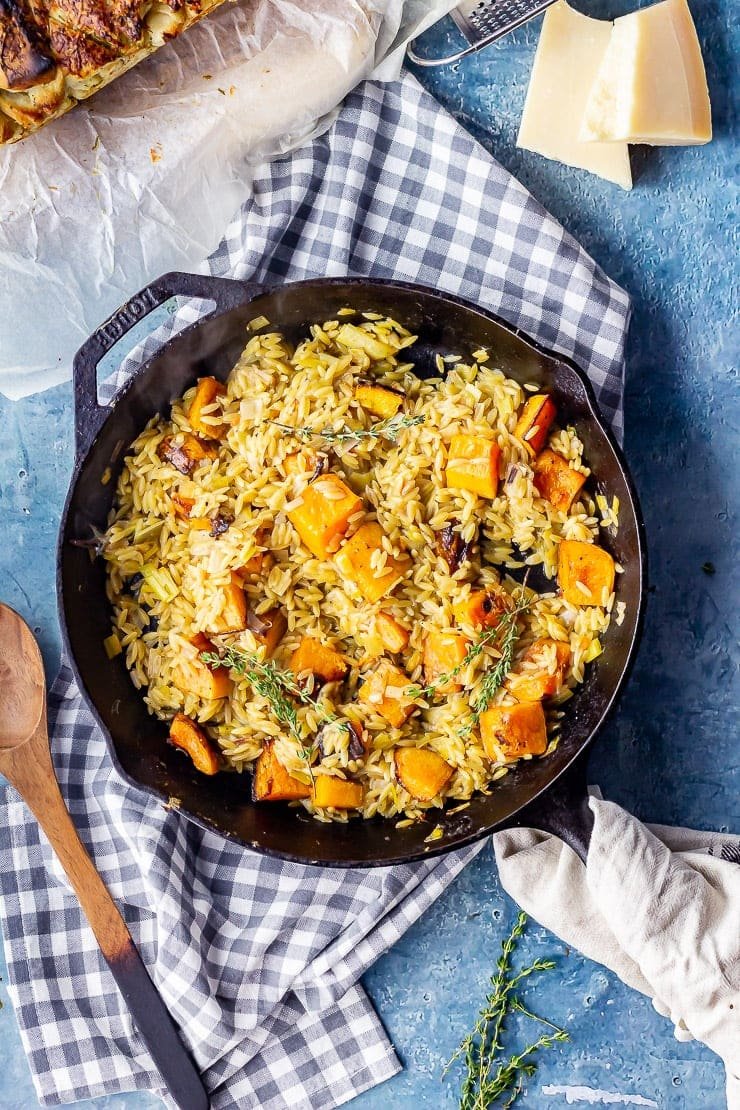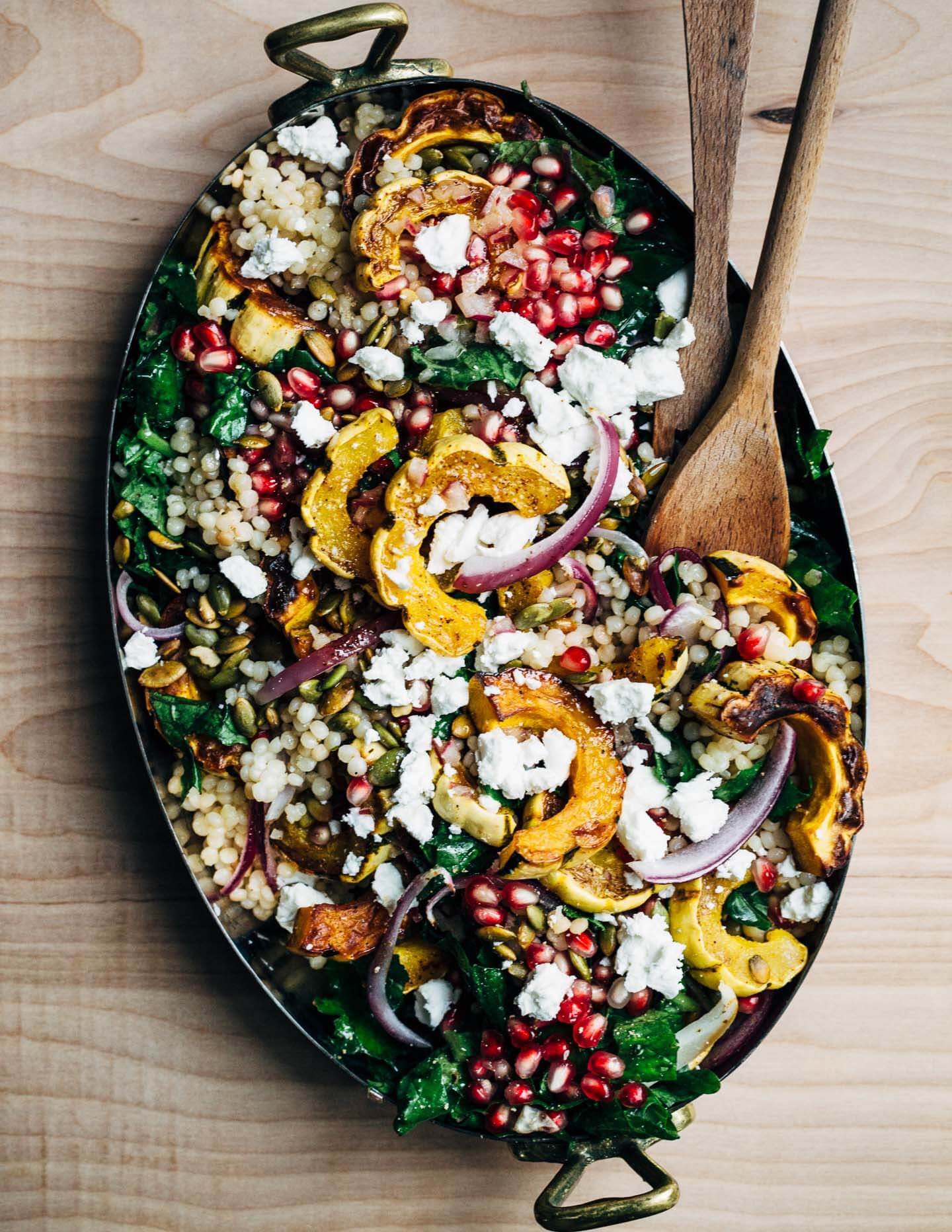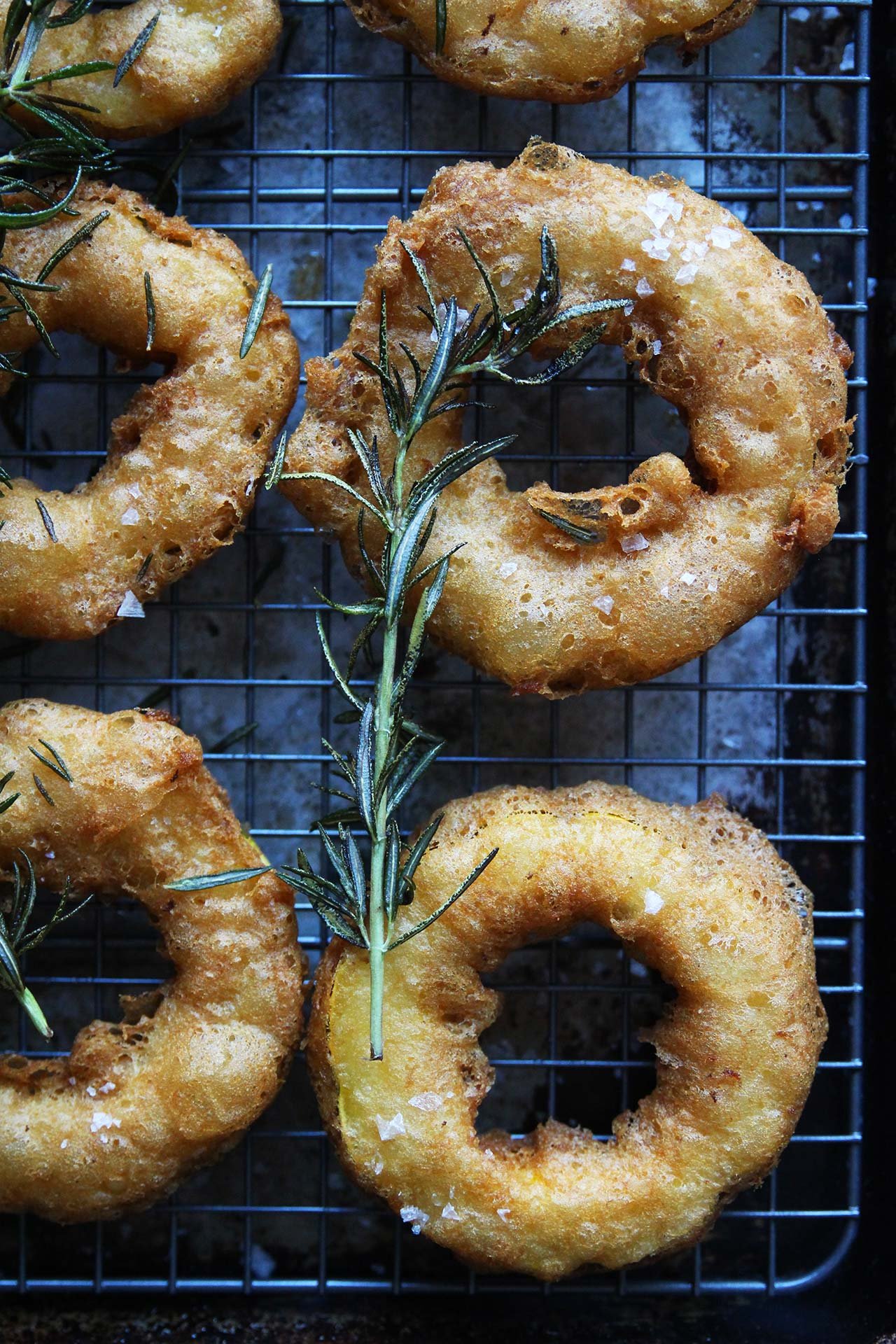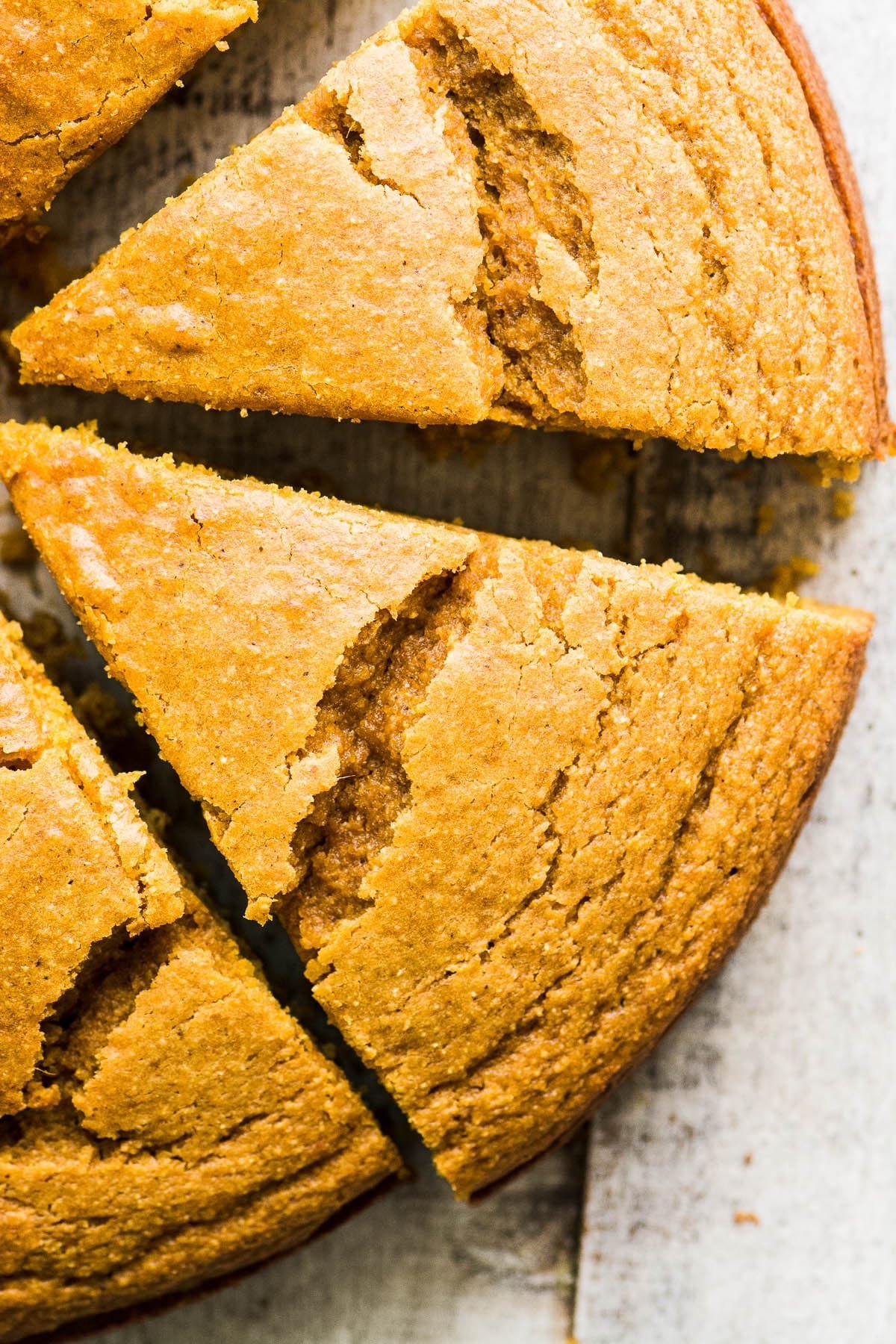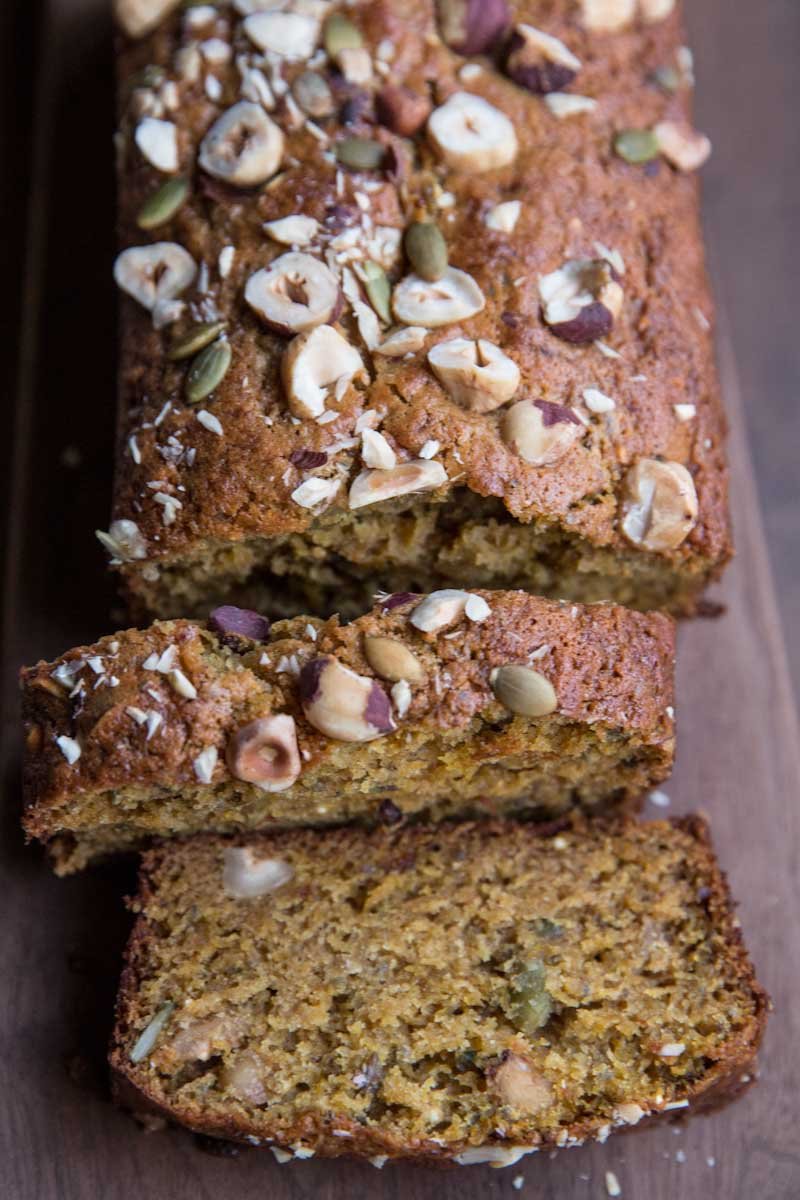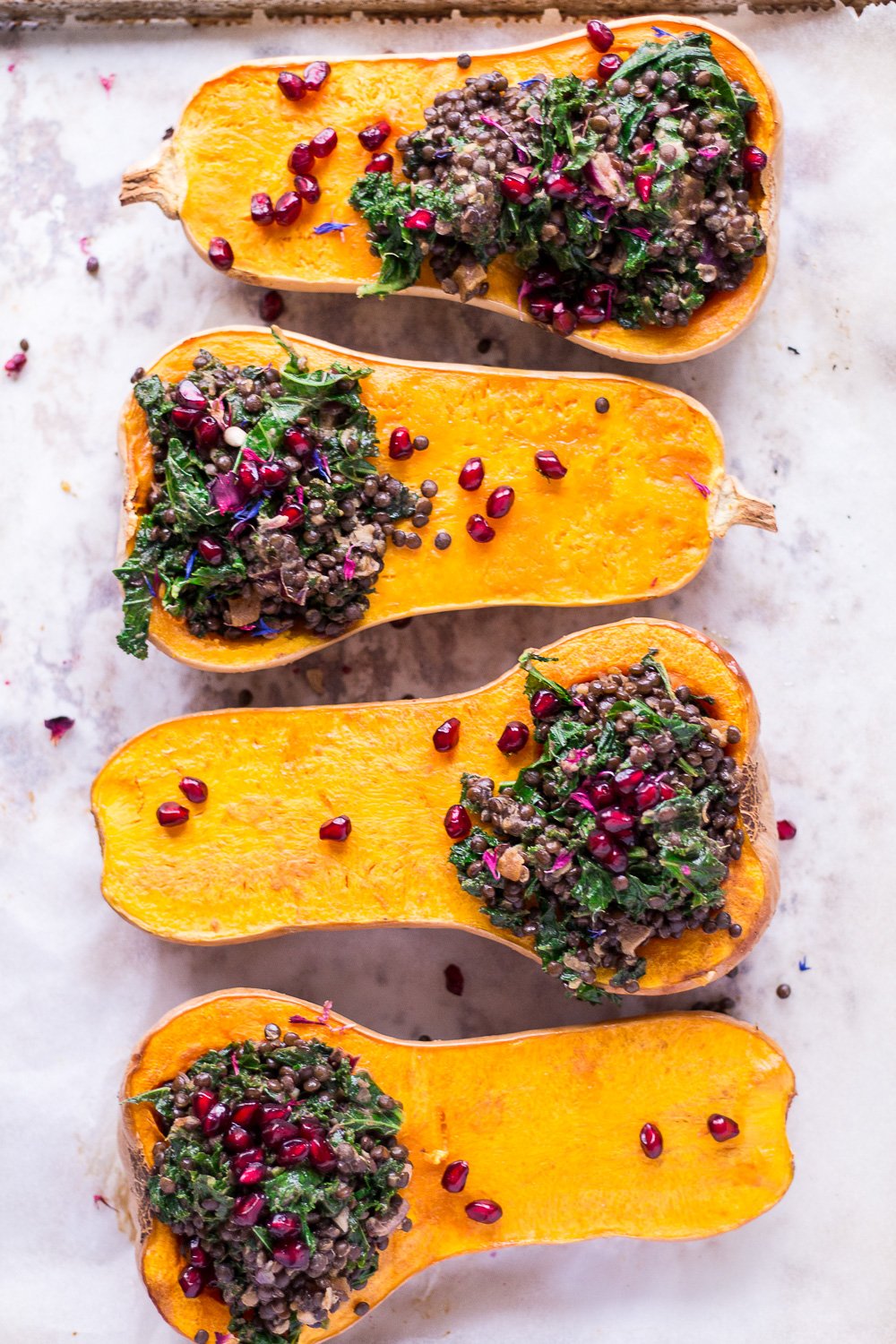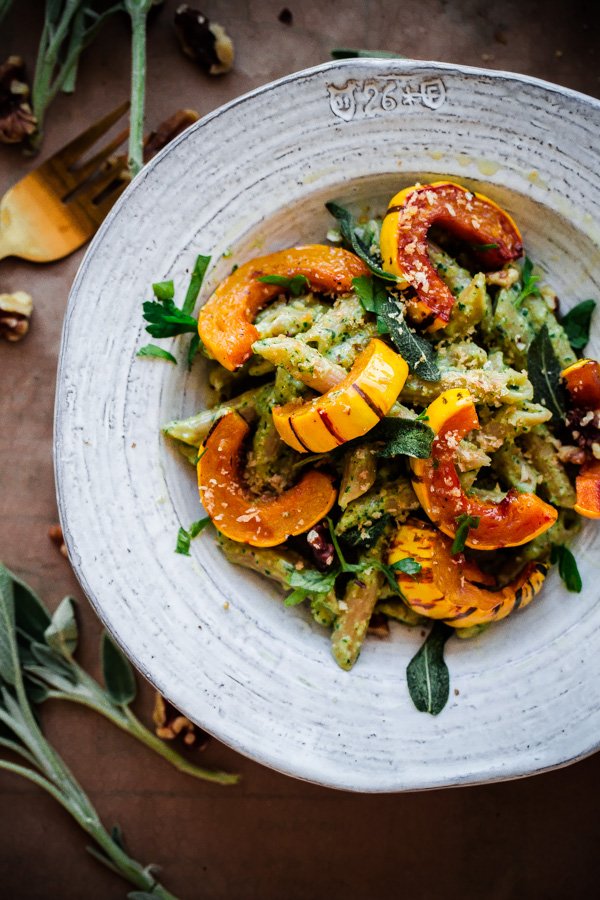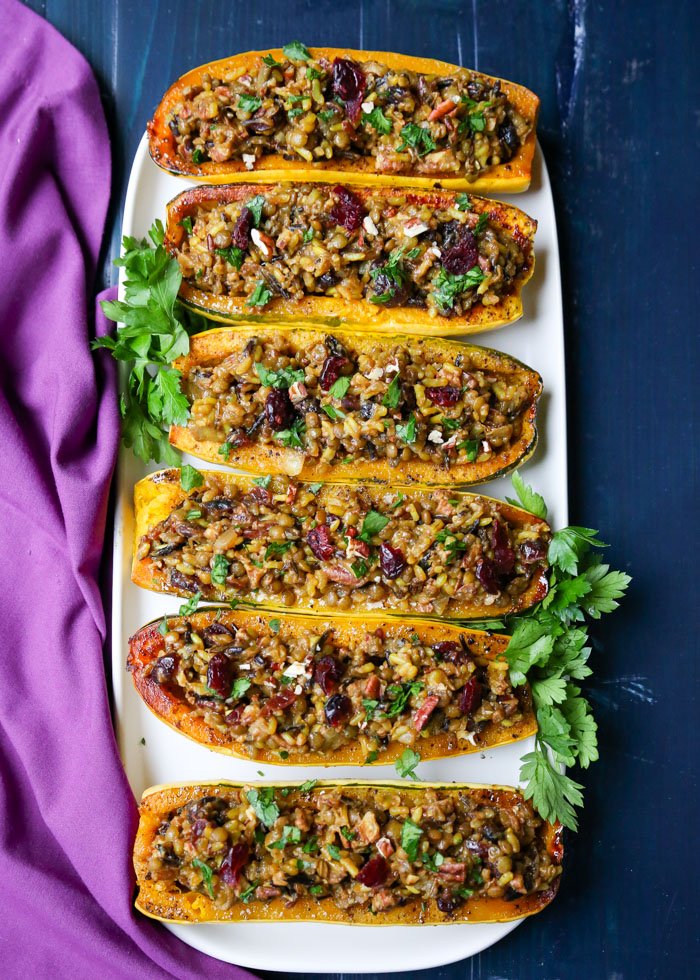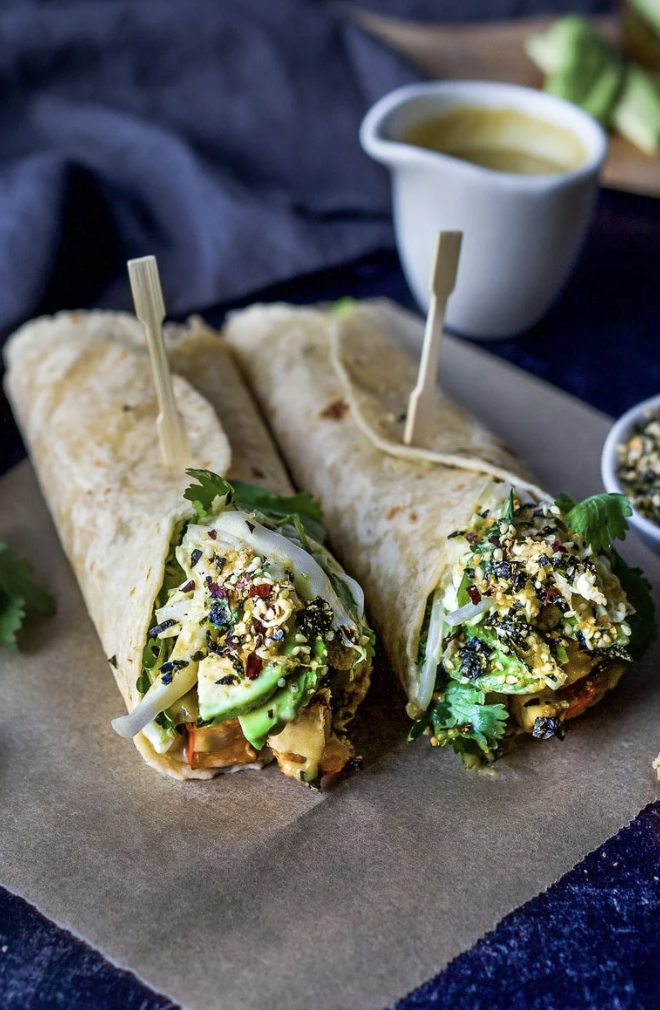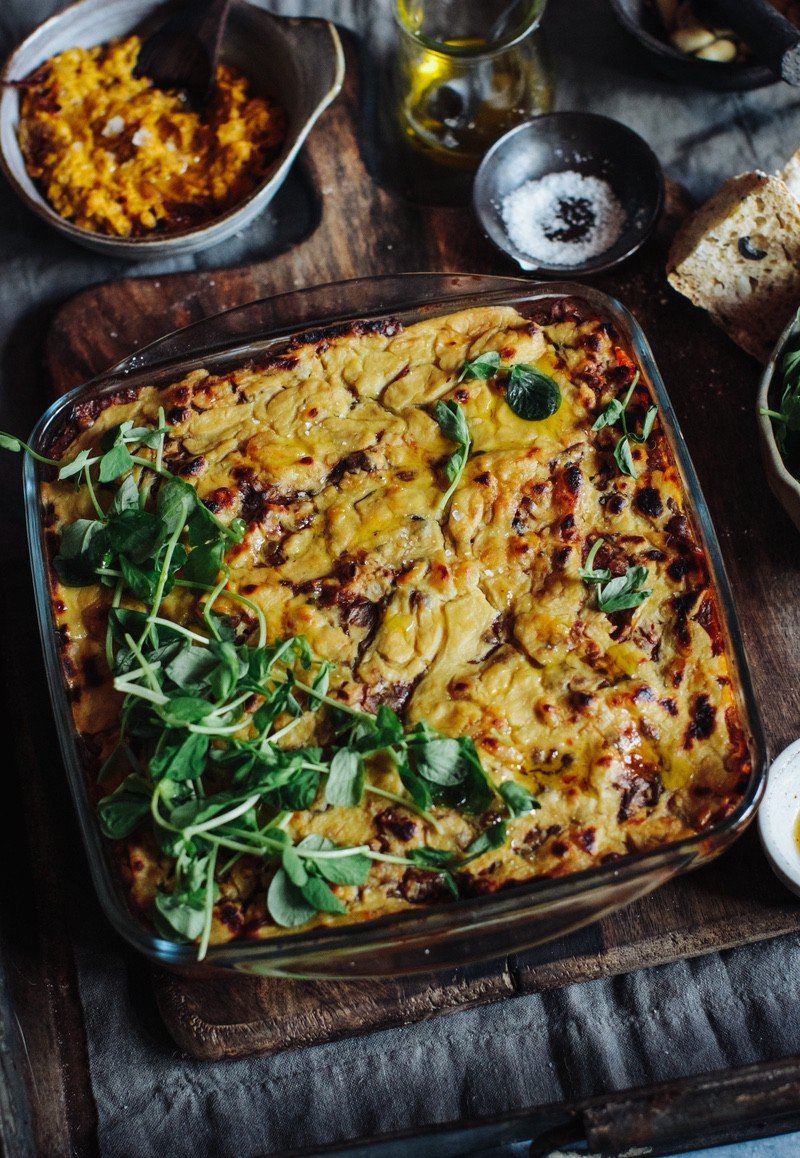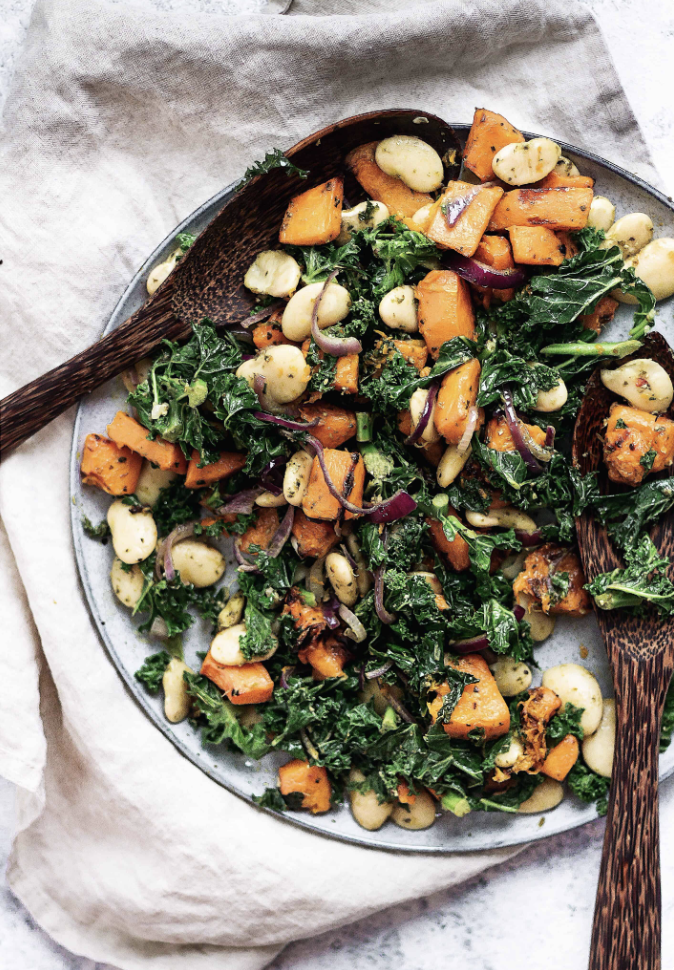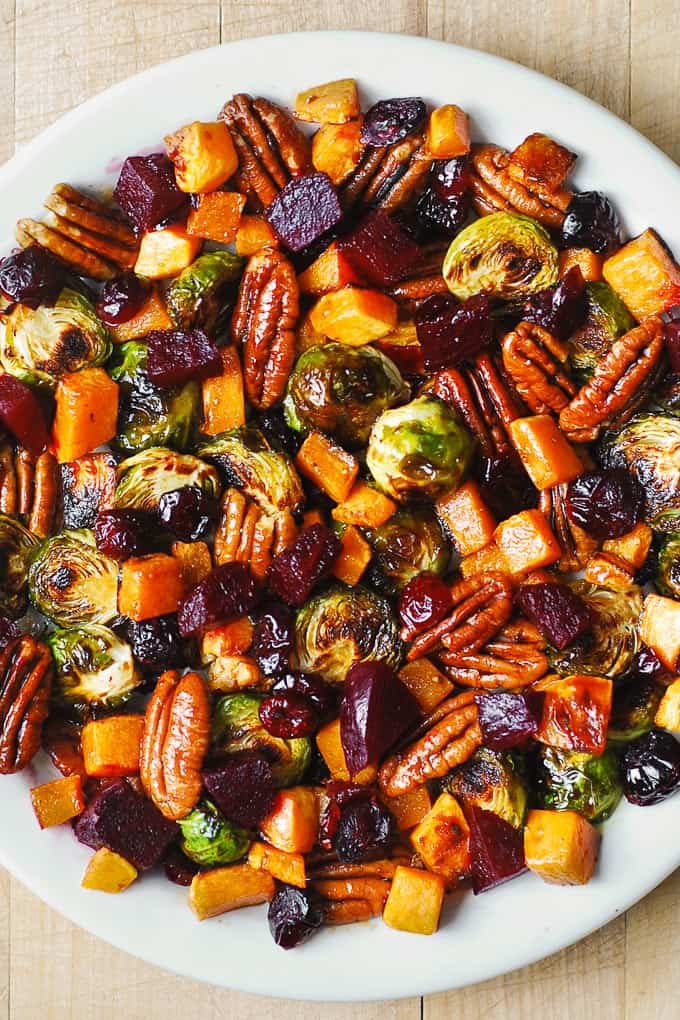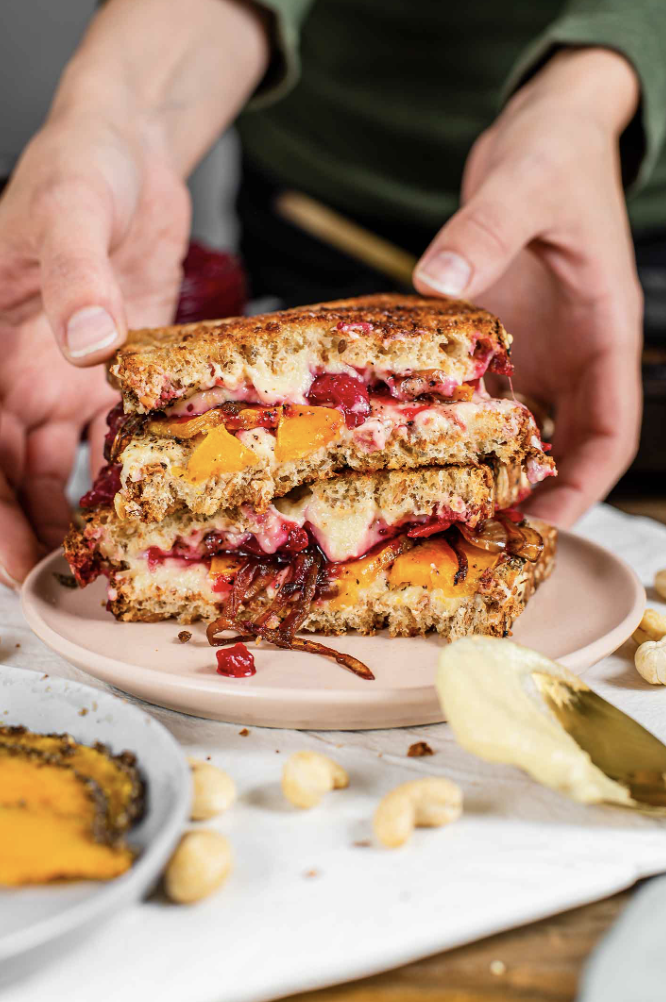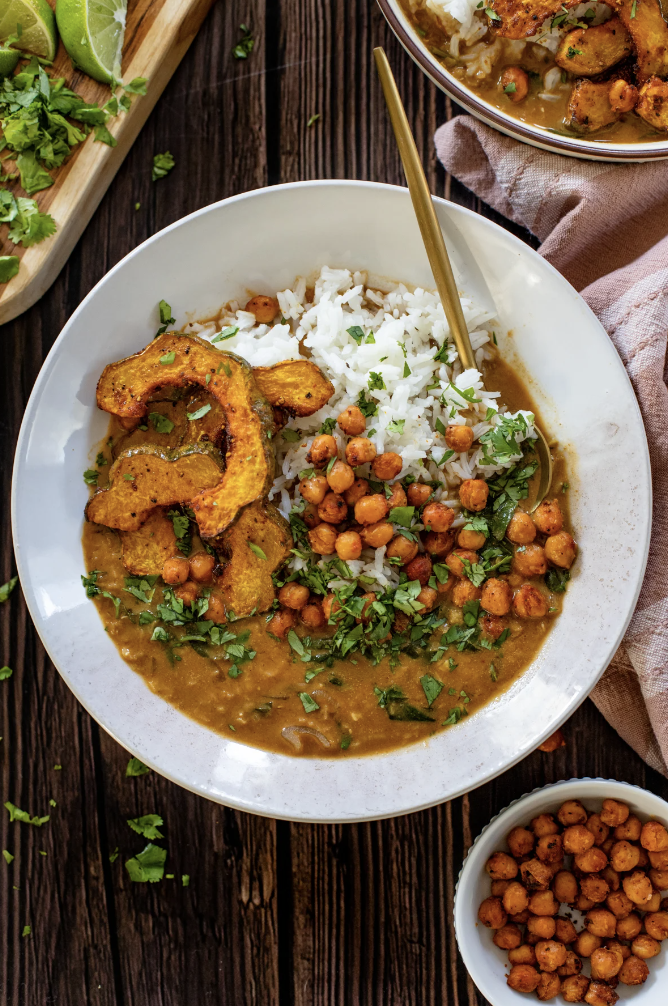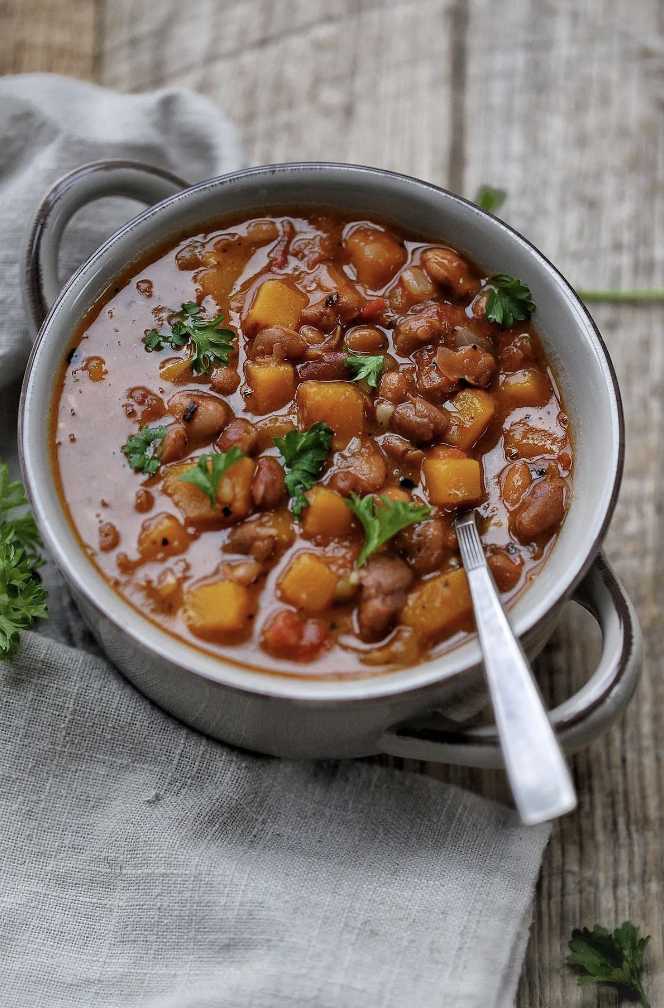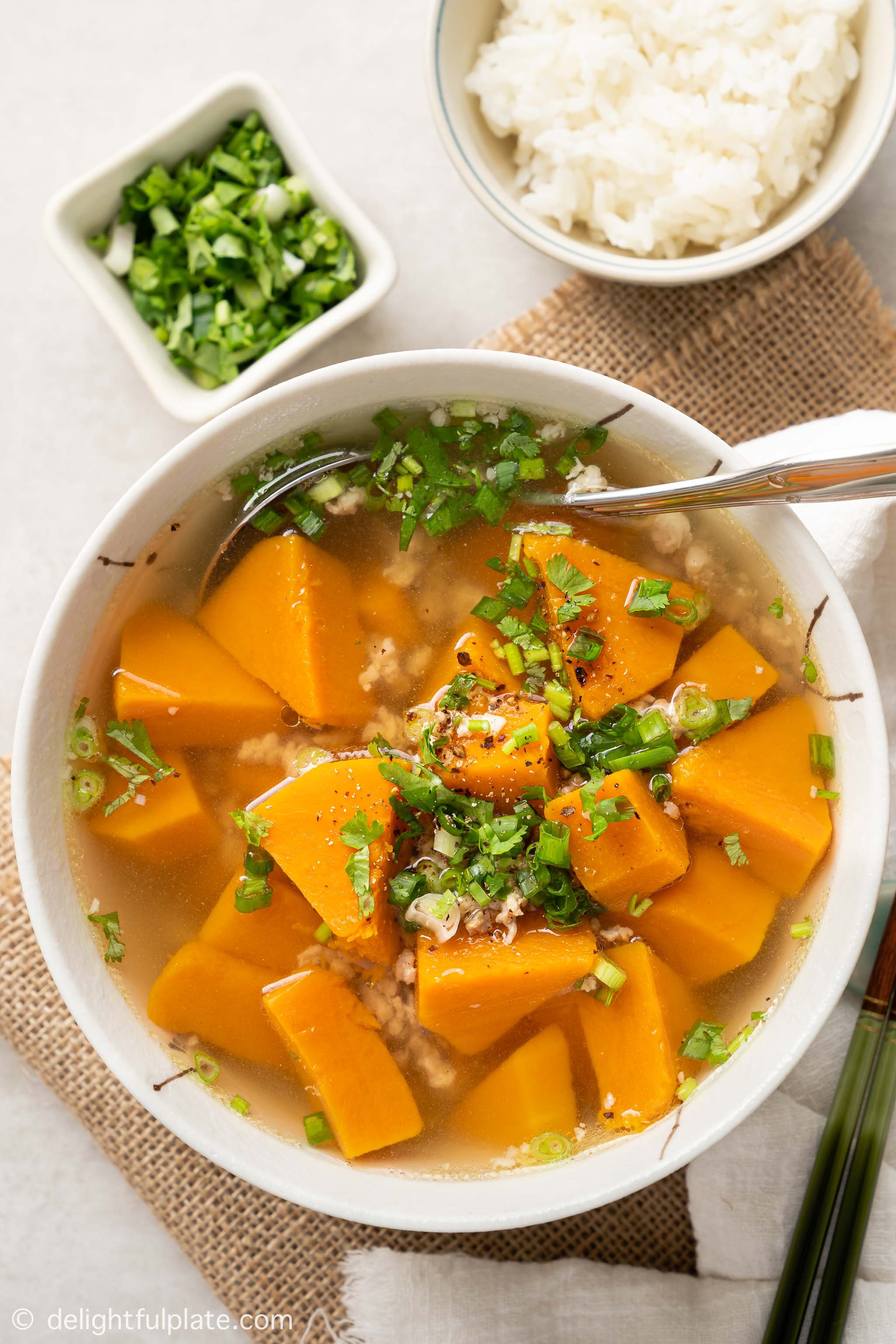Winter Squash

Carbon Footprint (CO2e/kg):
0.14 kg
Tips:
When buying, look for firm squash that is richly coloured and that feels heavy for its size.
Winter squash includes a whole range of squash varieties including Kabocha, Butternut, Carnival, Spaghetti, Delicata, Acorn and more.
Winter squash differs from summer squash because its thick skin should not be eaten.
When preparing squash, make sure you are on a surface that is not slippery - use a tea towel to sturdy your chopping board if needed.
To cut the squash, use a heavy duty knife or clever and follow the natural ridges to cut wedges. Carve the seeds out with a spoon. The easiest way to cook winter squash is cut it into wedges, bake skin-on and scoop out the flesh once it’s cooled.
Food waste tip: Separate the squash seeds from the pulp, then rinse and dry. The seeds can be tossed in oil and spices and easily baked to make a crunchy snack.
Time to Cook!
Click on the photos to explore delicious plant-based recipes from chefs and cooks all over the world.


